For beginner astrophotographers, BackyardEOS and NINA offer the most user-friendly dark frame automation tools. They’ll help you capture consistent dark frames without constant attention. DeepSkyStacker provides excellent integration for processing, while Sequence Generator Pro streamlines your entire imaging workflow. Don’t overlook budget options like building a dark frame library during cloudy nights. The right automation tool will dramatically improve your image quality while saving precious dark sky time.
Understanding Dark Frames and Their Importance in Astrophotography

Precision in astrophotography begins with understanding its foundations. Dark frames are critical elements that capture your camera’s thermal noise, dramatically improving the signal-to-noise ratio of your final images.
Dark frames reveal the invisible noise that masks cosmic detail, transforming raw captures into windows to the universe.
When you take long exposures of the night sky, your sensor generates random electronic noise that degrades image quality. For effective noise reduction, your dark frames must match the exposure time, temperature, and ISO of your light frames.
Capture them in complete darkness with the lens cap secured. Collecting at least 15 dark frames is recommended, though 50-100 will create a nearly noise-free master dark.
Software for stacking like DeepSkyStacker can efficiently subtract this noise during image processing. This systematic approach to capturing dark frames transforms your astrophotography images from noisy captures to crisp, detailed representations of celestial objects.
Automated Dark Frame Tools vs. Manual Capture Methods
While manual dark frame capture has been the traditional method for many astrophotographers, automated tools now offer compelling alternatives that can transform your workflow. You’ll find significant time savings when using software automation rather than manually matching exposure settings and temperature for each calibration frame.
| Feature | Automated Tools | Manual Methods |
|---|---|---|
| Time Efficiency | High – runs while you focus elsewhere | Low – requires constant attention |
| Consistency | Excellent – precise temperature matching | Variable – depends on your diligence |
| User Experience | User-friendly interface, minimal steps | Complex process, multiple manual steps |
| Integration | Seamless with image stacking software | Requires separate processing |
| Flexibility | Pre-built libraries usable across sessions | New dark frames needed each session |
Smart telescopes like the Seestar S50 completely automate dark frame subtraction, while software solutions like Sequence Generator Pro streamline the astrophotography process without compromising image quality.
Top Software Solutions for Dark Frame Automation

Several dedicated software packages have emerged to simplify the dark frame capture process for beginners and experienced astrophotographers alike.
BackyardEOS helps you manage dark frame libraries with easy selection options to match your light frame exposures. While Sequence Generator Pro excels at automating the sequence of captures, neither it nor Canon SDK can close the shutter automatically during dark frame acquisition.
For a more extensive solution, consider Voyager’s DragScript feature, which offers automation through an intuitive drag-and-drop interface—perfect for beginners who don’t want to code custom scripts.
If you’re seeking hardware-based automation, filter wheels provide an excellent workaround by effectively serving as a shutter for dark frame captures, minimizing the manual intervention typically required in beginner astrophotography workflows.
Budget-Friendly Dark Frame Solutions for Beginners
Three affordable approaches can transform your dark frame workflow without breaking the bank.
Take advantage of cloudy nights for capturing dark frames by covering your optics with flat black velvet—this eliminates the need for software that keeps the shutter closed. While tools like BackyardEOS and Sequence Generator Pro offer automation features, they don’t fully automate the shutter process.
Build a library of dark frames organized by temperature and exposure settings, allowing you to reuse them across multiple imaging sessions. This systematic approach saves considerable time for beginner astrophotographers without requiring expensive automation tools.
Don’t underestimate the value of community discussions—experienced imagers often share creative, budget-friendly solutions for dark frame capture that you won’t find in product guides or tutorials.
Setting Up Your First Automated Dark Frame Workflow

Four essential steps form the foundation of an effective automated dark frame workflow for beginners.
Start with specialized software like BackyardEOS or NINA, which offer automated dark frame capture sequences while keeping your camera’s shutter closed.
Next, verify your dark frames match the exact exposure length and ISO of your light frames for peak calibration results.
Consider adding a motorized filter wheel or automated dust cap to your setup, eliminating manual intervention when moving between imaging and calibration frames.
Finally, build a library of dark frames during cloudy nights at various temperatures for future astrophotography sessions.
For advanced automation, explore DragScript with Voyager to create customized workflows that maintain consistent gain and offset settings specific to your camera system.
Temperature Matching and Library Management Features
Temperature tracking systems in your dark frame automation tools will match your calibration frames to the exact temperature of your light frames, ensuring ideal noise reduction in your final images.
You’ll want software that can organize your dark frames into a searchable library based on exposure settings, ISO, and temperature readings from EXIF data.
Building this organized dark library over time will give you ready access to appropriate calibration frames for any shooting conditions, saving you considerable time during your astrophotography sessions.
Temperature Tracking Systems
While capturing brilliant celestial images captures most beginners’ attention, the technical aspect of matching dark frames to the exact temperature of your light frames proves equally critical for superior results.
Temperature tracking systems enable precise calibration by ensuring your dark frames accurately reflect the thermal conditions of your imaging sessions.
Software like BackyardEOS leverages EXIF data to record temperature information, helping you build and organize an extensive dark frame library categorized by temperature and exposure settings.
You’ll save valuable time by reusing dark frames that match your target images’ conditions.
Take advantage of cloudy nights or full moons to expand your library with frames at various temperatures.
Dark Library Organization
Properly organizing your dark frame library represents one of the most overlooked yet vital aspects of effective astrophotography calibration. For optimal image quality, group your dark frames by temperature conditions, ISO settings, and exposure times to guarantee precise matching during the calibration process.
Software like BackyardEOS can streamline your dark library organization by automatically categorizing frames using EXIF data, which records essential temperature information during capture.
When skies aren’t cooperating, use cloudy nights productively by capturing dark frames across various temperature ranges you’ll likely encounter during actual imaging sessions.
Remember to regularly update your collection to reflect seasonal temperature variations. This systematic approach to organizing your dark frame library will greatly improve your astrophotography projects by providing readily accessible, suitable calibration frames whenever needed.
Integrating Dark Frame Automation With Stacking Software

Once you’ve mastered capturing dark frames, seamlessly integrating them with your stacking software becomes the next essential step in your astrophotography workflow. Popular options like DeepSkyStacker and PixInsight effectively utilize automated dark frames for superior noise reduction in your deep-sky astrophotography.
For beginners with a DSLR camera, software like BackyardEOS guarantees dark frames match your exposure settings, creating ideal calibration during stacking. Advanced solutions including motorized filter wheels create truly seamless integration.
| Software | Integration Capability | Beginner Friendly |
|---|---|---|
| DeepSkyStacker | Auto-detection | High |
| PixInsight | Advanced calibration | Moderate |
| Sequence Generator Pro | Workflow automation | Medium |
| BackyardEOS | DSLR-specific integration | Very High |
Remember to organize dark frames by temperature and ISO within your automation software—this allows stacking applications to apply the most appropriate frames for effective noise reduction.
Frequently Asked Questions
How to Take Dark Frames for Astrophotography?
Cover your telescope with a lens cap, match ISO and exposure time to your light frames, and take 10-20 shots. You’ll need to maintain the same temperature for accurate noise reduction.
What Is the Easiest Target for Astrophotography for Beginners?
The Moon is your easiest target as a beginner. It’s bright, detailed, and doesn’t require tracking equipment. You’ll get impressive results even with basic gear and short exposure times.
How Do I Start Astrophotography for Beginners?
Start with a stable tripod and DSLR camera. You’ll want to learn basic settings like aperture and ISO. Try the Moon or bright constellations first. Don’t forget to use a remote shutter release.
How Many Dark Frames for Astrophotography?
For effective astrophotography, you’ll need at least 15 dark frames, though 20-30 is better. For nearly noise-free results, aim for 50-100 frames. Always match your dark frames to your light frames’ settings and temperature.
In Summary
You’ll find dark frame automation transforms your astrophotography workflow from tedious to efficient. Whether you choose Sequence Generator Pro, NINA, or APT, these tools will dramatically reduce noise in your images while saving you hours of work. Start with a simple temperature-matched library system, integrate it with your stacking software, and you’ll quickly see cleaner, more detailed deep sky images while spending more time imaging and less time on calibration frames.
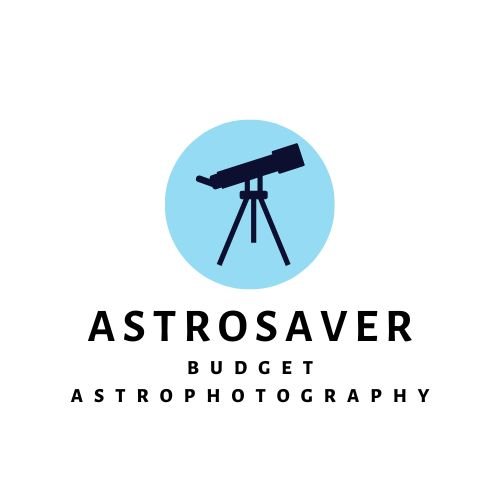
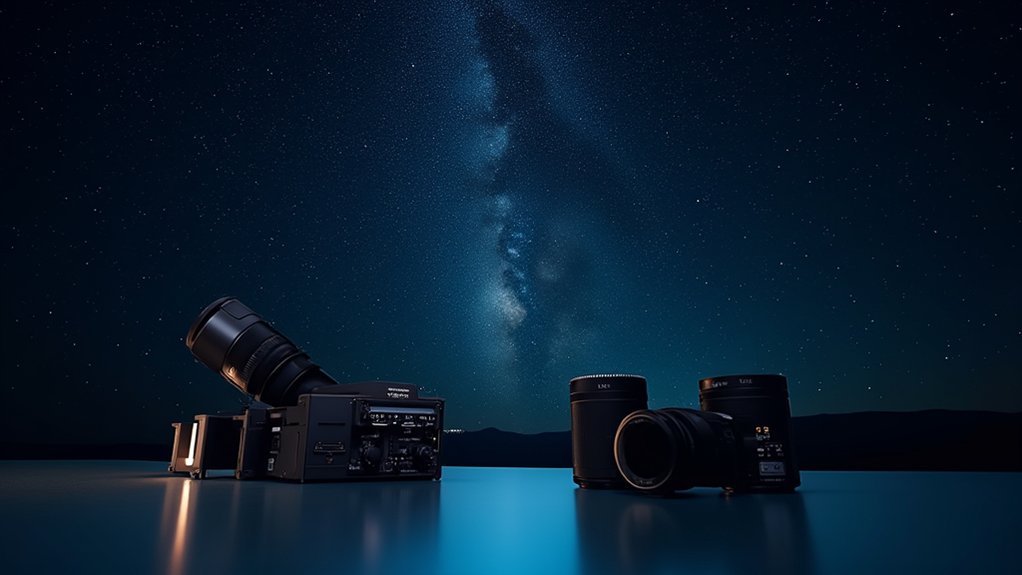
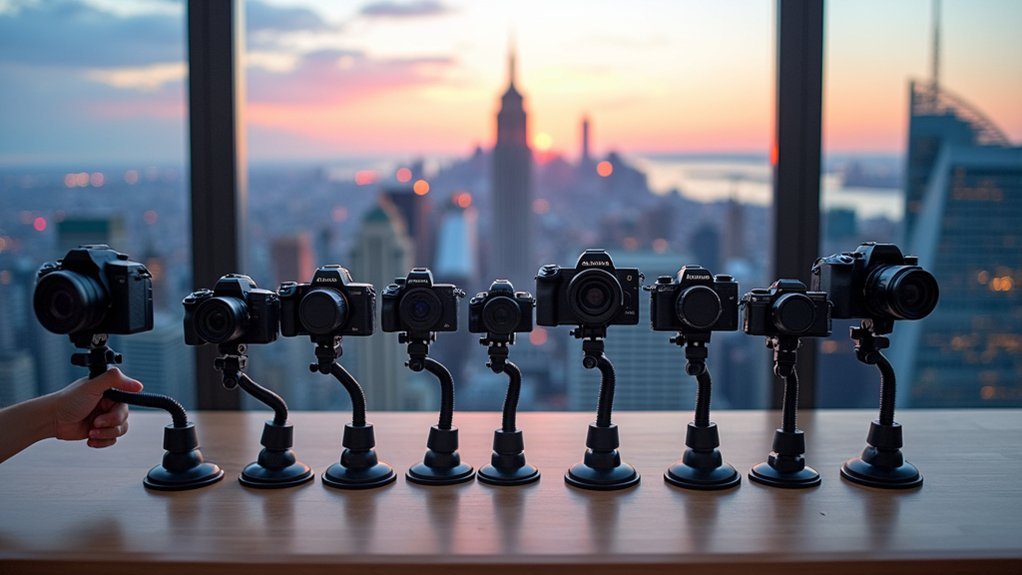
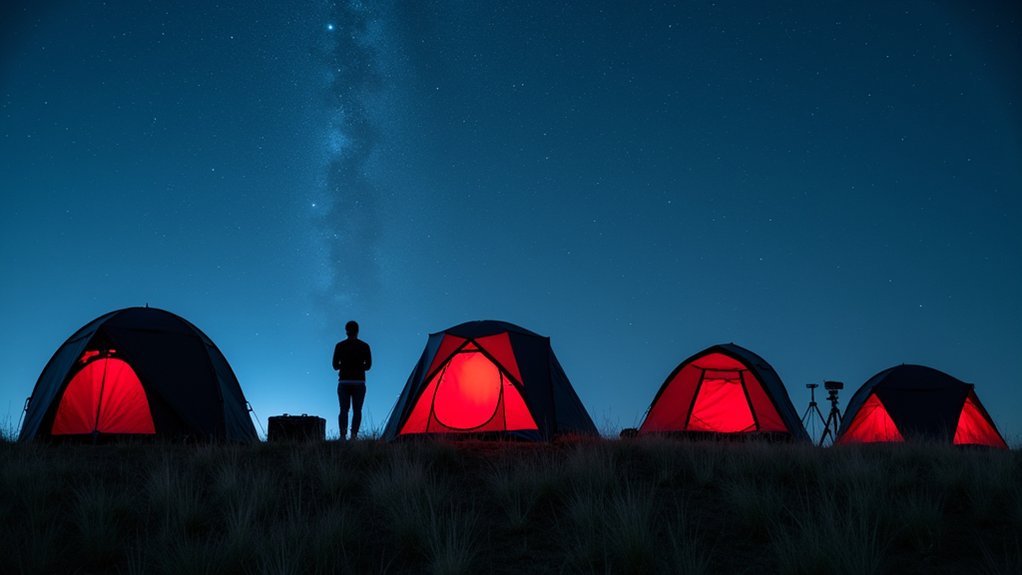
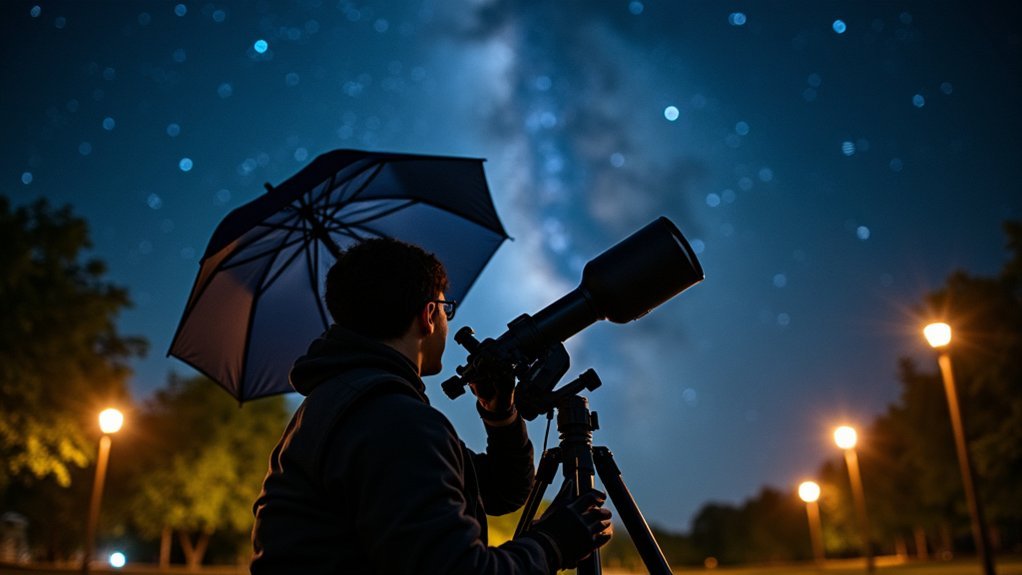
Leave a Reply